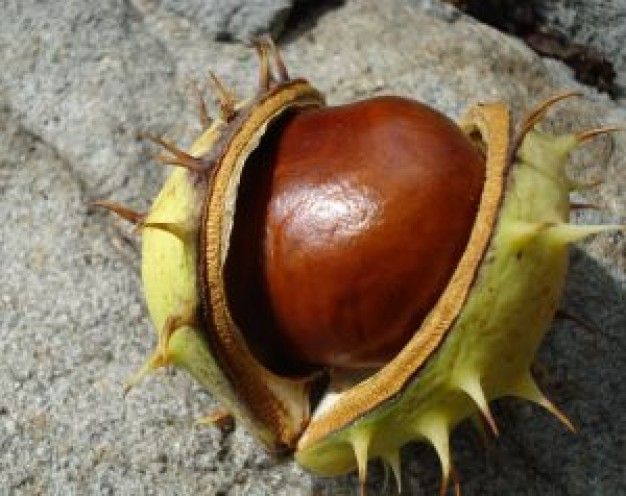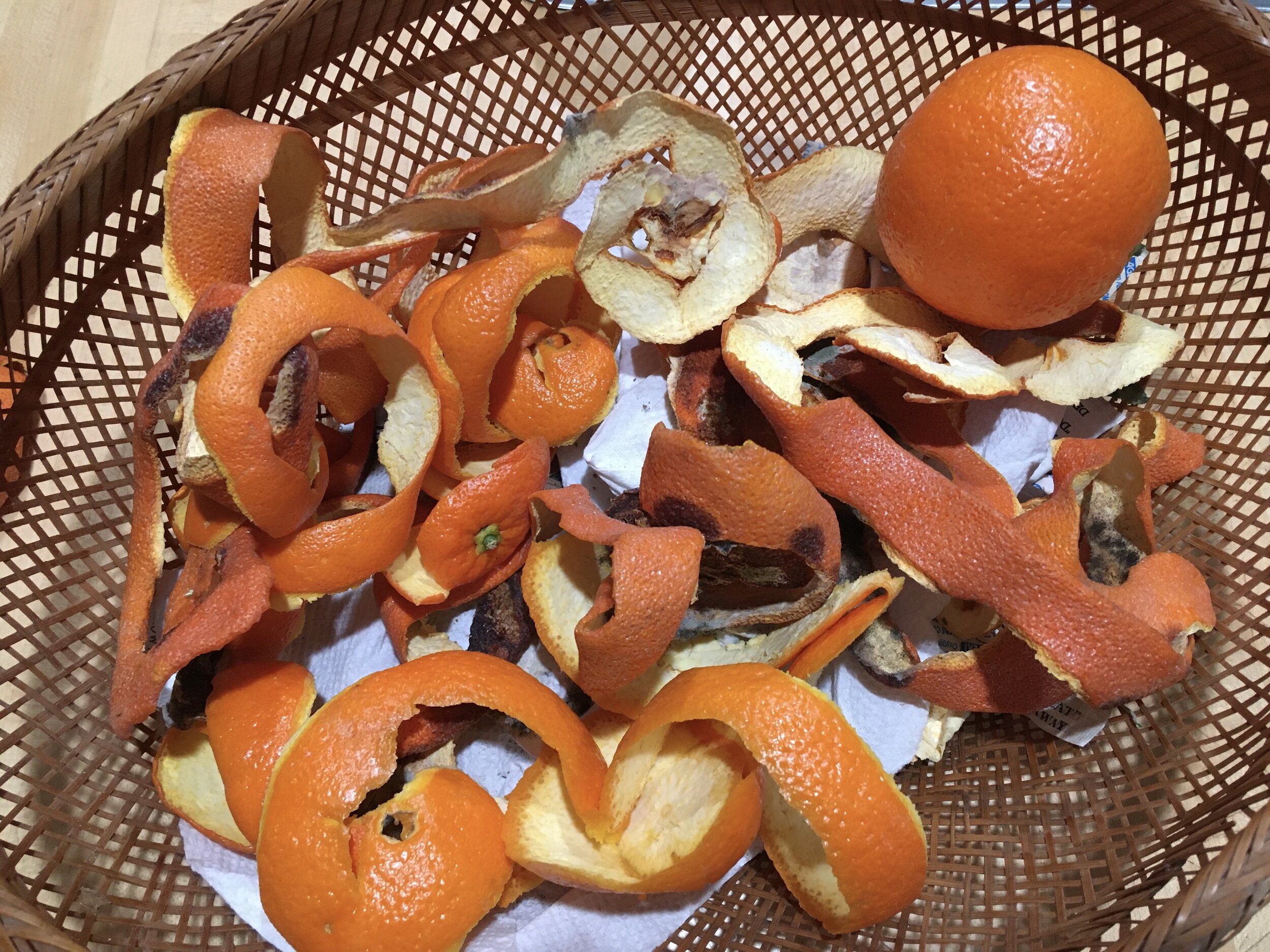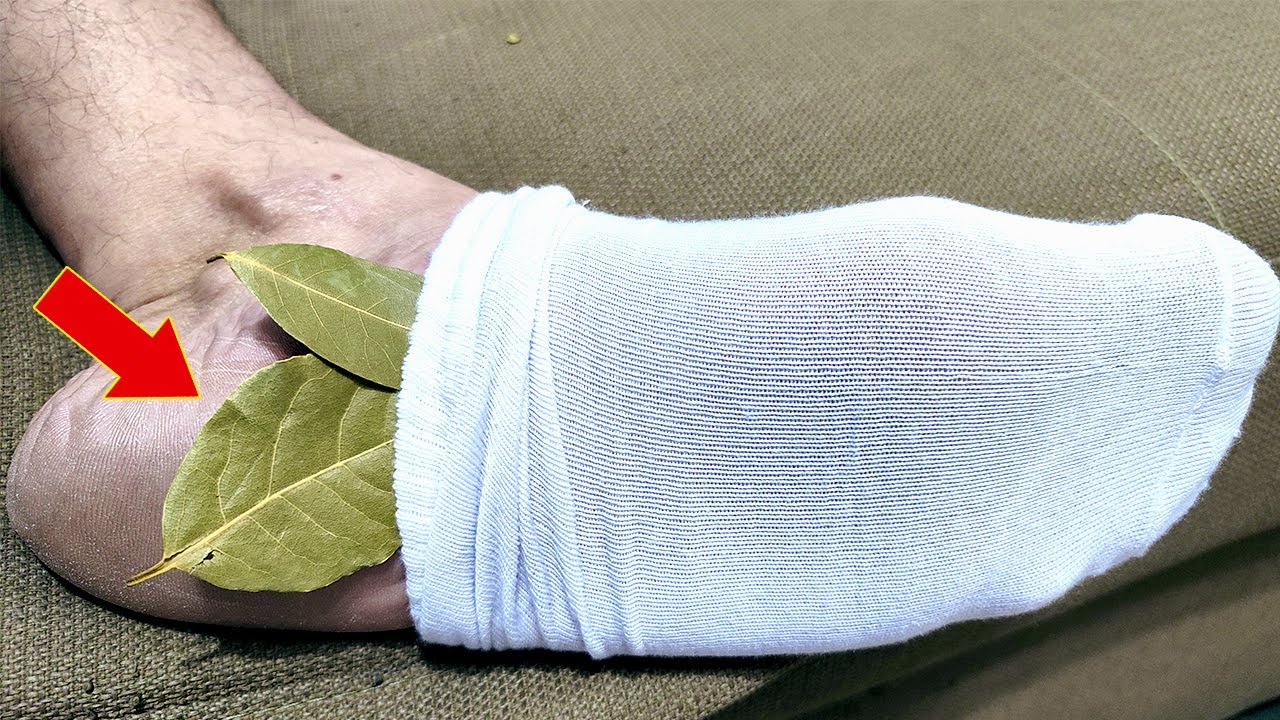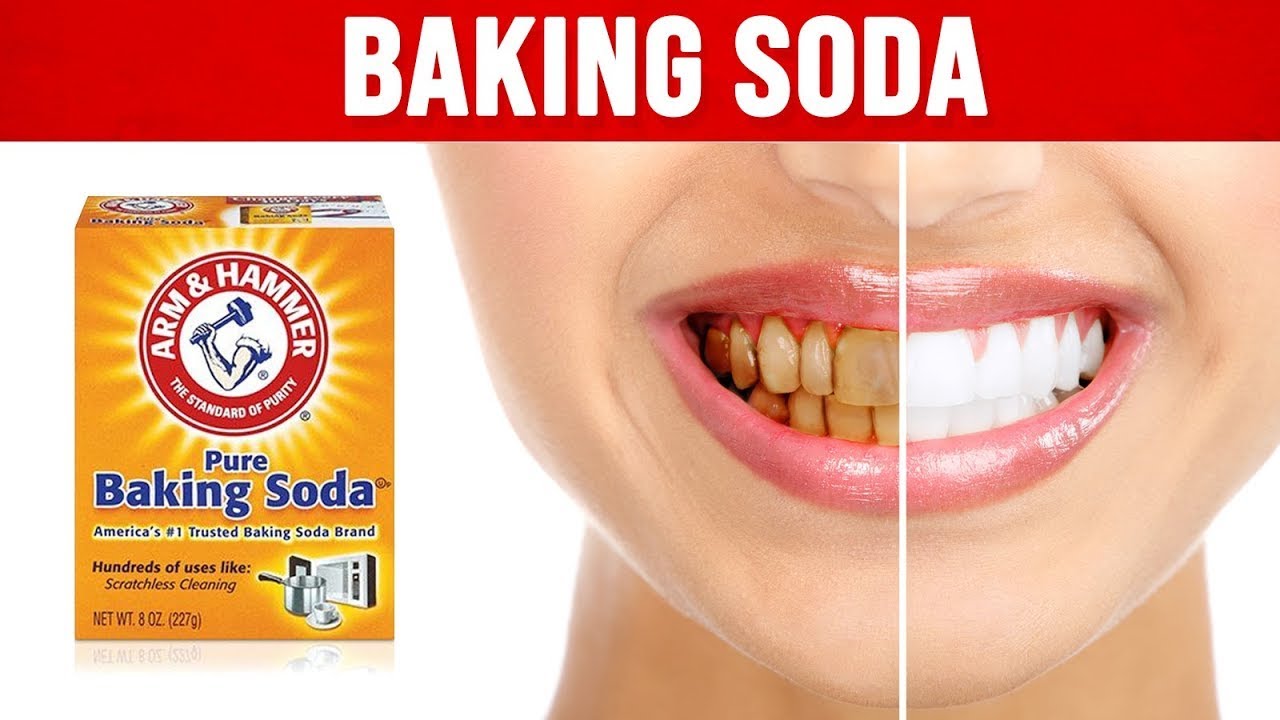
Varicose veins can be painful and debilitating, but natural remedies often offer relief without the need for invasive procedures. Chestnut shells, particularly those from the horse chestnut tree, have emerged as an effective treatment for improving circulation and reducing the discomfort associated with varicose veins. Here’s how chestnut shells can make a significant difference in managing vein health.
The Healing Power of Chestnut Shells
1. Rich in Aescin:
-
Horse chestnut shells contain a compound called aescin, which has been studied for its anti-inflammatory and venotonic properties. Aescin helps to strengthen the walls of the veins, improving elasticity and preventing the pooling of blood.
2. Reduces Inflammation:
-
The anti-inflammatory properties of chestnut shells can reduce swelling and pain associated with varicose veins, providing much-needed relief.
3. Improves Blood Circulation:
-
Regular use of chestnut shell extracts can enhance blood flow, reducing the likelihood of blood clots and the severity of varicose veins.
How to Use Chestnut Shells for Varicose Veins
Chestnut Shell Tincture:
Ingredients:
-
Dried horse chestnut shells
-
High-proof alcohol (such as vodka) or glycerin for a non-alcoholic version
Instructions:
-
Prepare the Shells:
-
Collect and dry horse chestnut shells.
-
Crush the shells into smaller pieces to increase the surface area.
-
-
Make the Tincture:
-
Place the crushed chestnut shells in a glass jar.
-
Cover the shells with alcohol or glycerin, ensuring they are completely submerged.
-
Seal the jar and store it in a cool, dark place for about 6 to 8 weeks. Shake the jar occasionally to mix the contents.
-
-
Strain and Store:
-
After the infusion period, strain the liquid through a fine mesh or cheesecloth into another clean jar or bottle.
-
Store the tincture in a cool, dark place.
-
Usage:
-
Apply the tincture topically to the affected areas twice daily. Massage gently into the skin over varicose veins.
-
Alternatively, for an internal treatment, dilute a small amount of the tincture in water (check dosage with a healthcare provider before internal use).
Precautions and Considerations
-
Allergic Reactions: As with any herbal remedy, it’s possible to be allergic to chestnut shells. Test the tincture on a small skin area first to ensure there is no adverse reaction.
-
Consult Healthcare Providers: It’s important to consult with a healthcare provider before starting any new treatment, especially if you are pregnant, nursing, or taking medication for other conditions.
-
Avoid Raw Chestnut Shells: Raw horse chestnuts contain esculin, which is toxic if ingested. Only use processed chestnut products designed for medical use or follow safe preparation methods for homemade remedies.
Conclusion
Chestnut shells are more than just a byproduct of the chestnut tree; they are a potential solution for those suffering from painful varicose veins. By harnessing the natural compounds found in these shells, individuals can find relief and improvement in their condition, making daily activities more manageable and less painful. Explore the benefits of chestnut shells and take a step towards natural, effective relief from varicose veins.





